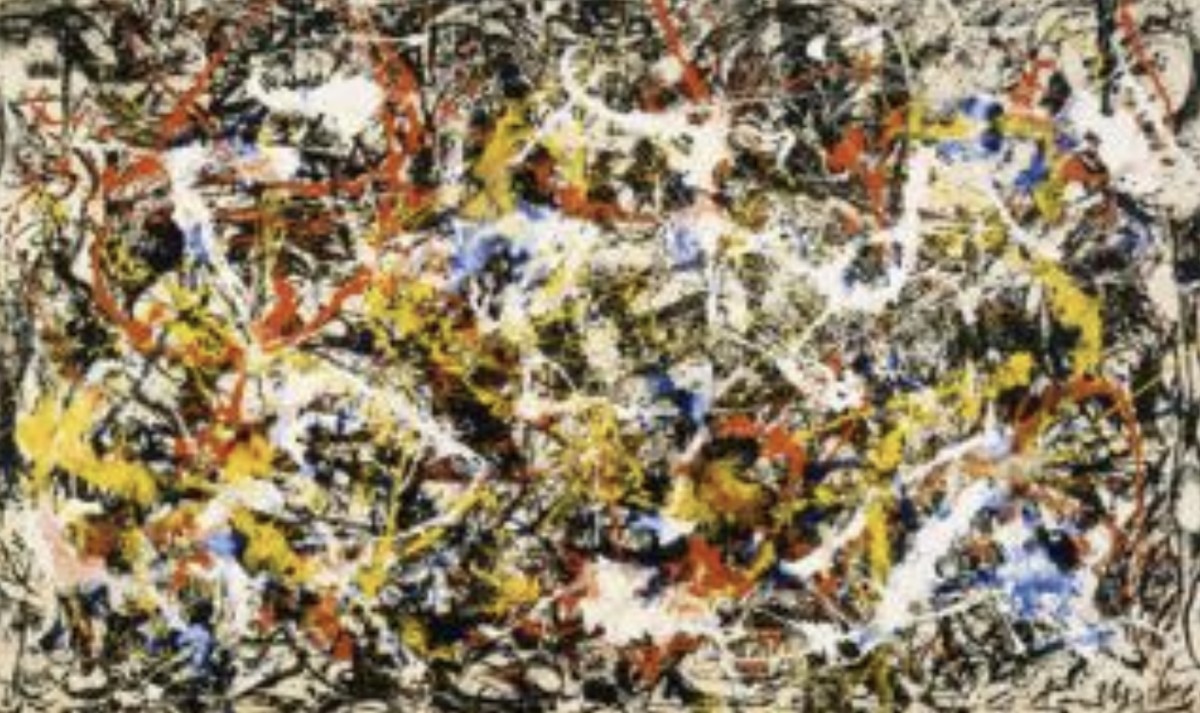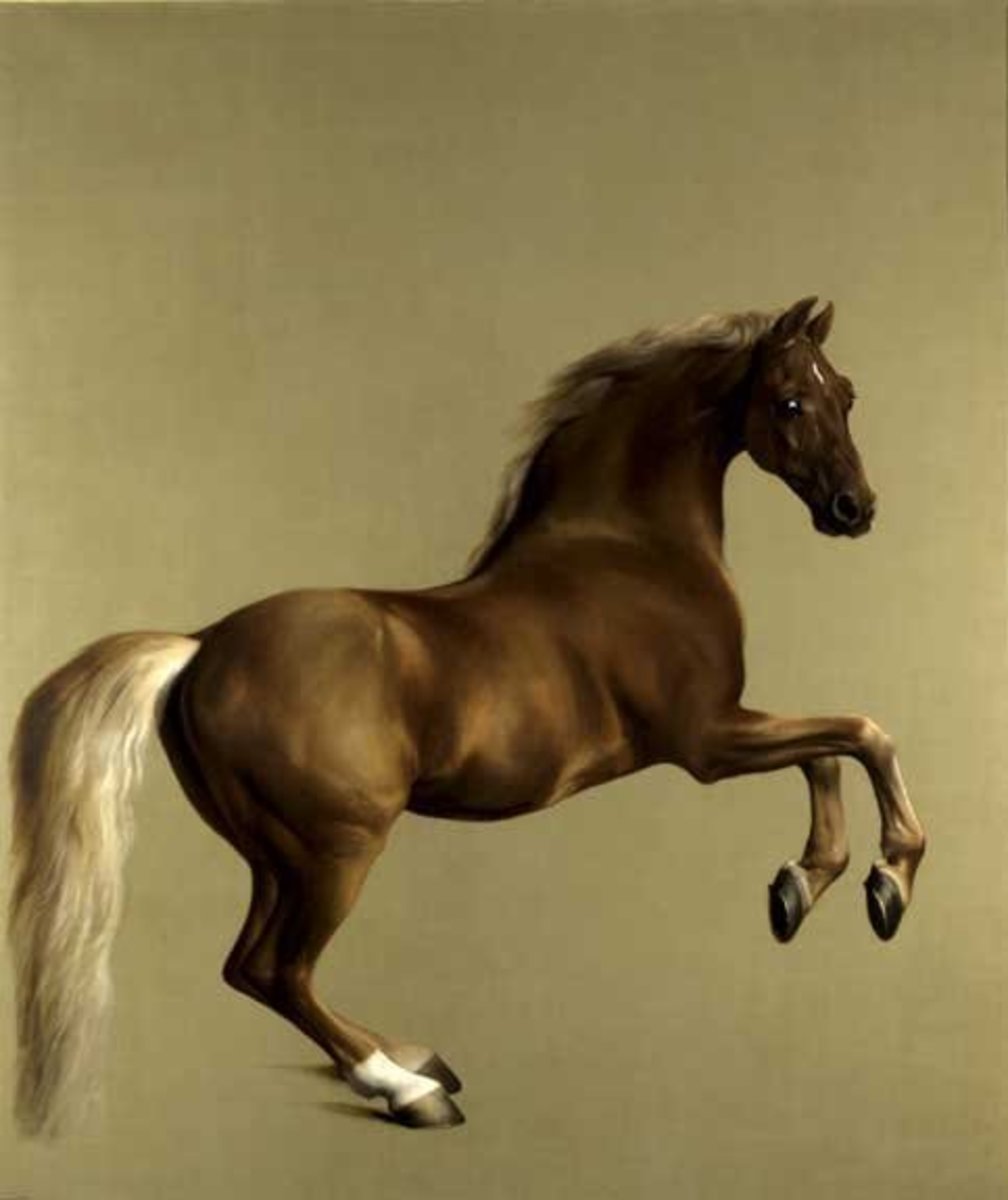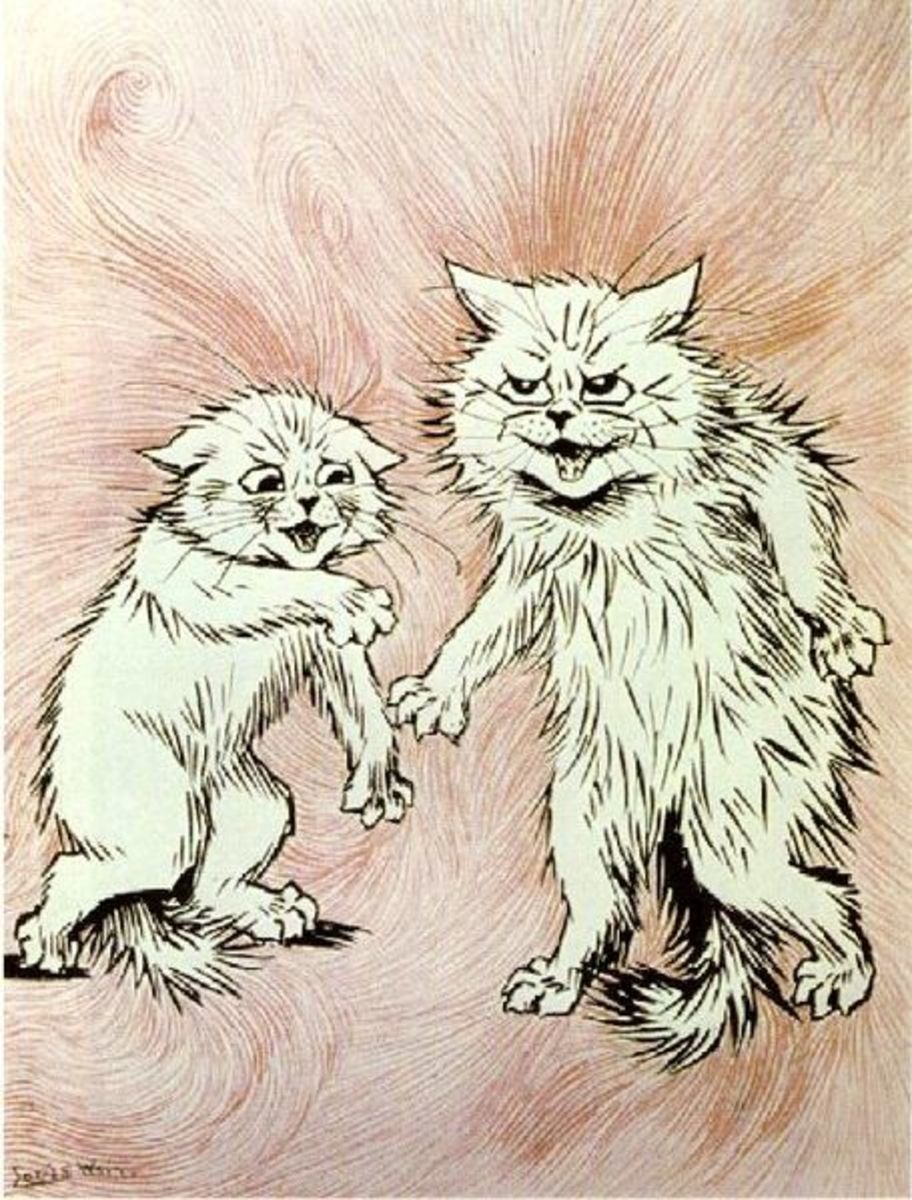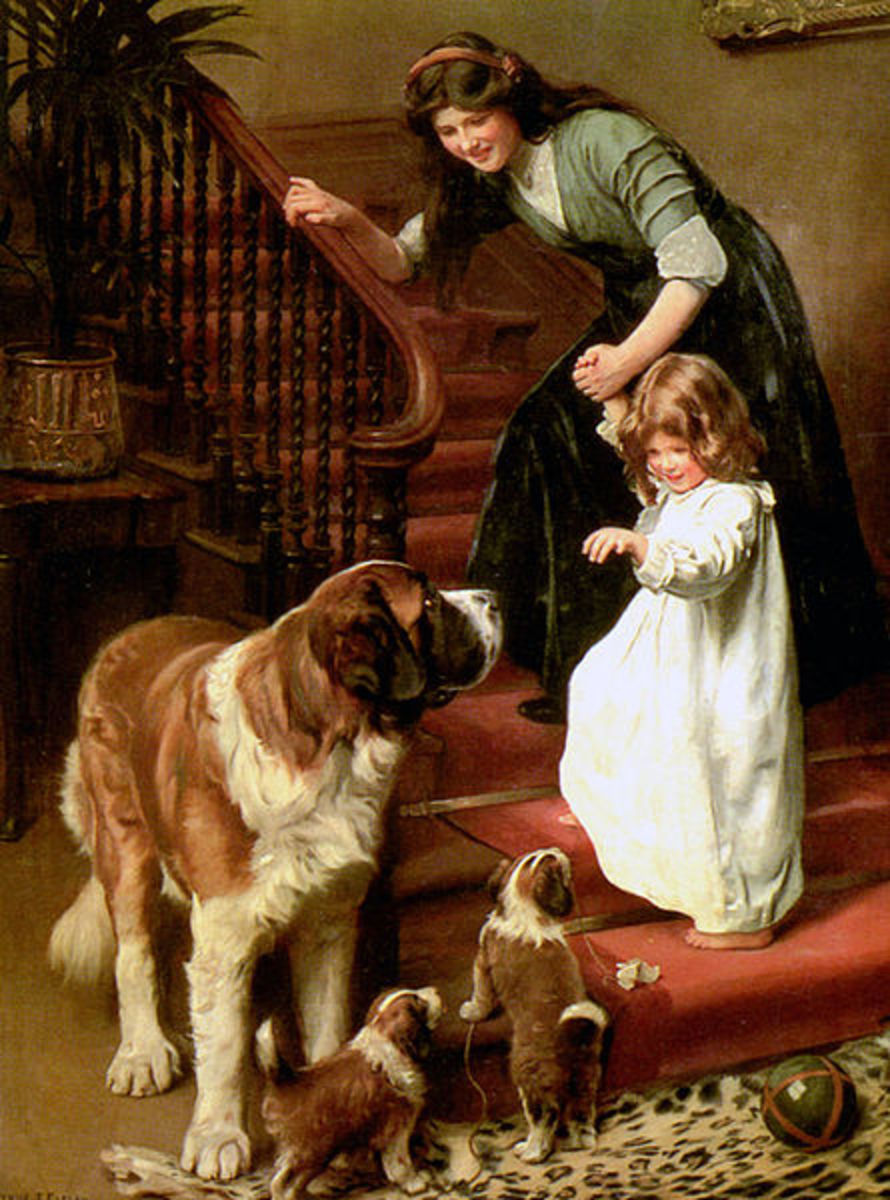The Flame of Jackson Pollock: Abstract Expressionism

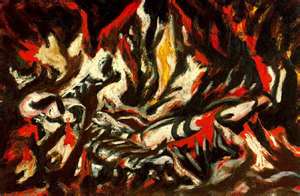
His Early Works
Jackson Pollock was the leader of the New York School or the Abstract Expressionists in the 1940s through the 1950s. His art, and other art of the New York School, continued the natural evolution of art that began with the Surrealists, opening a new era in American art.
He was born in Cody Wyoming in 1907 and spent his younger days in Arizona, Northern California, and Southern California. He began his studies in painting at the Manual Art High School in Los Angeles Between 1925 and 1929.
In 1929 he moved to New York and studied under Thomas Benton. Benton was a member of the Regionalist movement and followed the enthusiasm of Diego Rivera in creating art for the people. Between 1938 and 1942 Pollock worked for the Public Works of Art Project or the WPAC. The WPAC began in 1933 as a part of Roosevelt's New Deal.
In 1937 Pollock painted an oil on canvas titled "The Flame." Between 1939 and 1941 he attended counseling for his Alchoholism. Carl Jung was his analyst and invited Pollock to use his art as a tool to examine his subconscious. Shortly after his experience with Carl Jung, he painted an oil on canvas titled "She Wolf."
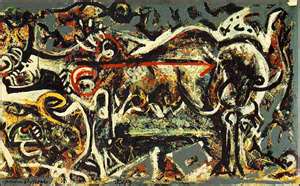
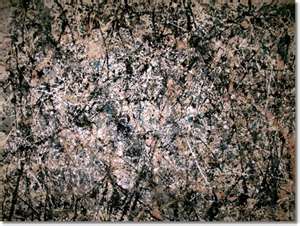
Becoming "Jack the Dripper"
One of the many nicknames that Jackson Pollock acquired through his life was "Jack the Dripper." Pollock did not start his method of dripping the paint on the canvas until 1949. Up until this point he was struggling with purist form to try to portray his subconscious.
Shortly after "She Wolf" he began to use his art as a mechanism to explore the levels of his conscious and subconscious by the use of automatism. Automatism is when the artist allows the subconscious to create his/her art without interference from the rational world.
His style changed and he created his drip technique. In 1943 Peggy Guggenheim's Art of the Century Gallery used the works of Pollock in her first one man show. Peggy Guggenheim's Gallery opened in 1941 on a non-commercial basis.
In 1949 Pollock began his "all-over" paintings which included "Lavender Mist", painted in 1950 with oil on canvas.
The New York School
The Abstract Expressionists where concerned with the movement of the artist more than the display of paint on the painting. The term Abstract Expressionism was coined by Robert Coates, an art critic for the New Yorker, to describe the art of not only Pollock, but Mothewell, Still, and Hoffman. All these artists where considered the New York School, and centered on the use of automatism to examine their subconscious.
Abstract Expressionism began during the Great Depression, Isolationism, and Hitler. Art in America was still incredibly impressionistic and many of the schools of thought at this period where interested in realistic portrayals of the Depression.
This changed when many of the European artist that had been major players in Surrealism, Modernism, and Dadaism were exiled and moved to the United States. Such artists as Max Ernst, Andre Breton, Chagall, and Mondrian brought over their new ideas.
Frued greatly influenced many of the artists from Europe, but Carl Jung opened up boundaries in the U.S. Carl Jung's mythopoetics heavily influenced the Abstract Expressionists. Mytopoetics encapsulates the idea that man naturally creates his own myths and by the subconscious actions of the artist many of these myths are expressed.
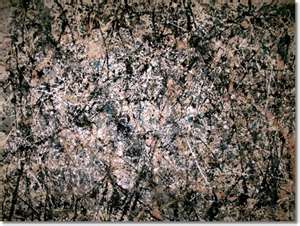
What is the "Drip Technique?"
"My painting does not come from the easel. I hardly ever stretch my canvas before painting. I prefer to tack the unstretched canvas on the hard wall or floor...[I] work from the four sides and literally be in the painting. This is akin to the Indian Sand Painters of the West." This quote from Pollock sums up his style of painting.
In 1952 Harold Rosenberg introduced the term "action Painting" to describe the works of Pollock. Rosenberg described Pollock's style as being based upon instinctual muscular movements in which the brush is directed without meditation of control. This style of painting was aslo referred to as gesturalism.
Gorky called the automatic movements of the brush towards the completion of the artwork, continuous dynamism.
Pollock began to use commercial enamel and acrylic paints in 1949 to paint his "drip" paintings. He used sticks and various items to swirl the paint towards it's own direction. He would walk around the canvases as if in a shaman dance. Or as if his spirits where leading him towards an emotional climax.
Through his dance he captured layers upon layers of color and texture that covered the whole canvas. When one looks at "Lavender Mist", one can see beyond the blacks and whites into a soft layer of greens and purples underneath. As if the earth is hidden under emissions of black swirls and the colors are fighting to escape.
The paintings should draw the viewer into a world of chaos and order created through the action of the painter. A world of emotions, of conflicts and resolutions, of redemption and liberation, not a world of forms...but of freedoms.
Freed From the Shackles
Today the artist has the freedom to include multimedia into a kaleidoscope of different styles. The artist is not as constrained to limited amounts of thought, but has the option to move into any territory that helps expression.
The Abstract Expressionists freed the artist from form. Art went from the examination of the real into an examination of man's psyche. From there it moved on to examine man's spiritual need to create.
Pollock examined his own existence to try to display to others a part of man that we normally cannot reach.


